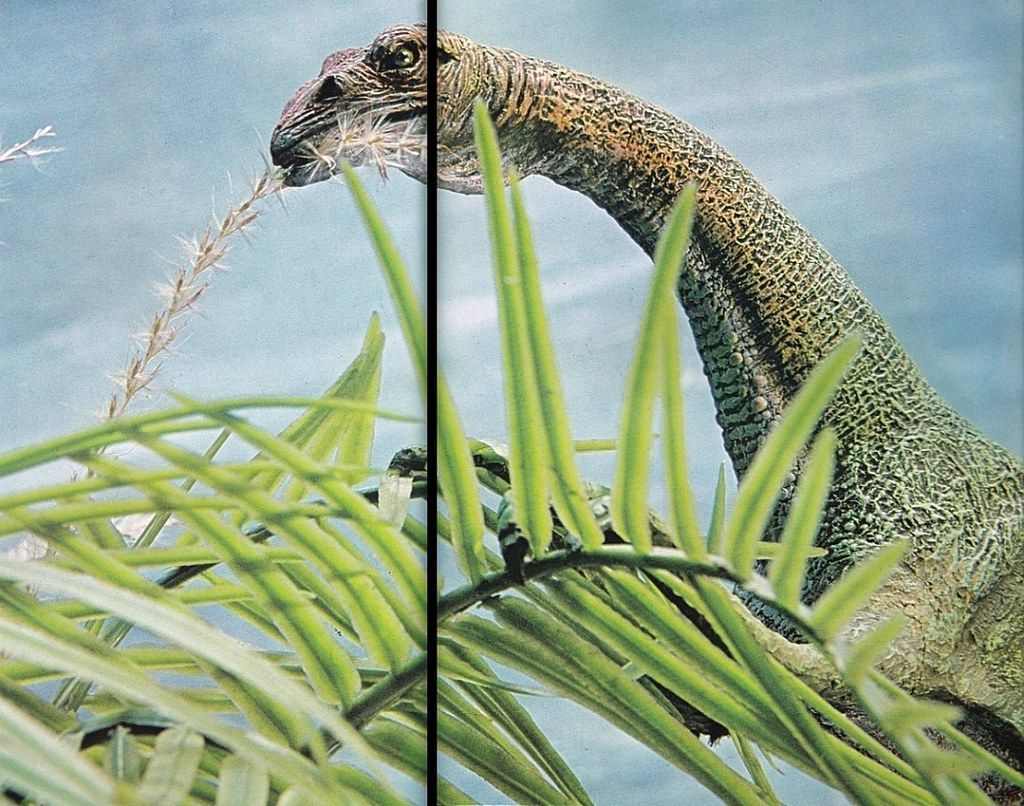
For millennia, Earth was a stage for creatures so extraordinary, they defy modern imagination. Before the reign of the dinosaurs, and long after their colossal footsteps faded into history, our planet was home to a bewildering array of life forms that sculpted the very landscape of evolution. These aren’t the titans of the Mesozoic Era, the T-Rex or the Triceratops; instead, we delve into a fascinating world of beasts that, though less famous, were no less awe-inspiring in their sheer scale, unique adaptations, and undeniable presence.
Imagine a world where armadillos were the size of cars, where beavers dwarfed humans, and where the largest land mammal ever walked the Earth, towering over everything in its path. These were the true rulers of their respective epochs, adapting to dramatic climate shifts and the rise of new predators, including, eventually, early man. Their stories are etched into the fossil record, whispers of might and majesty that continue to captivate scientists and enthusiasts alike.
Join us on an unforgettable journey back in time, as we unearth some of the most unbelievable prehistoric animals that ever existed. We’ll explore their lives, their remarkable features, and the secrets they hold about the deep history of our planet.

1. **Glyptodon: The Prehistoric Armadillo The Size Of A Car**Between 5.3 million and 11,700 years ago, a truly peculiar creature known as the Glyptodon, whose name means ‘grooved tooth,’ roamed the Earth. This magnificent ‘giant armadillo’ stretched an astonishing ten feet long and weighed as much as 4,000 pounds, making it comparable in size to a modern car. It thrived across vast stretches of what is now North and South America, a formidable presence in the ancient ecosystems.
Despite its imposing size and heavily armored back, composed of an astounding 1,000 bony plates, the Glyptodon likely led a largely peaceful existence. As an herbivore, its diet consisted mainly of grass, meaning it didn’t engage in the bloody hunts typical of many large prehistoric beasts. However, this did not mean it was defenseless; its powerful tail could inflict devastating blows, even capable of crushing a human skull, and its shell offered robust protection against potential threats, including other Glyptodons.
Fossil evidence reveals intriguing insights into their behavior, with damage found on Glyptodon shells suggesting that these massive creatures often engaged in intraspecies combat. Scientists believe they would pummel their opponent’s shells with their strong tails to settle disputes over territory or mates. Unfortunately, these ancient animals also faced the formidable challenge of early human hunters, who, despite the creature’s defenses, learned to turn it on its back to access its vulnerable underbelly for meat and its valuable shell. The Glyptodon’s reign ultimately concluded shortly after the last Ice Age, with climate change and aggressive human hunting contributing to its extinction, leaving behind only their massive bones as a testament to their existence.
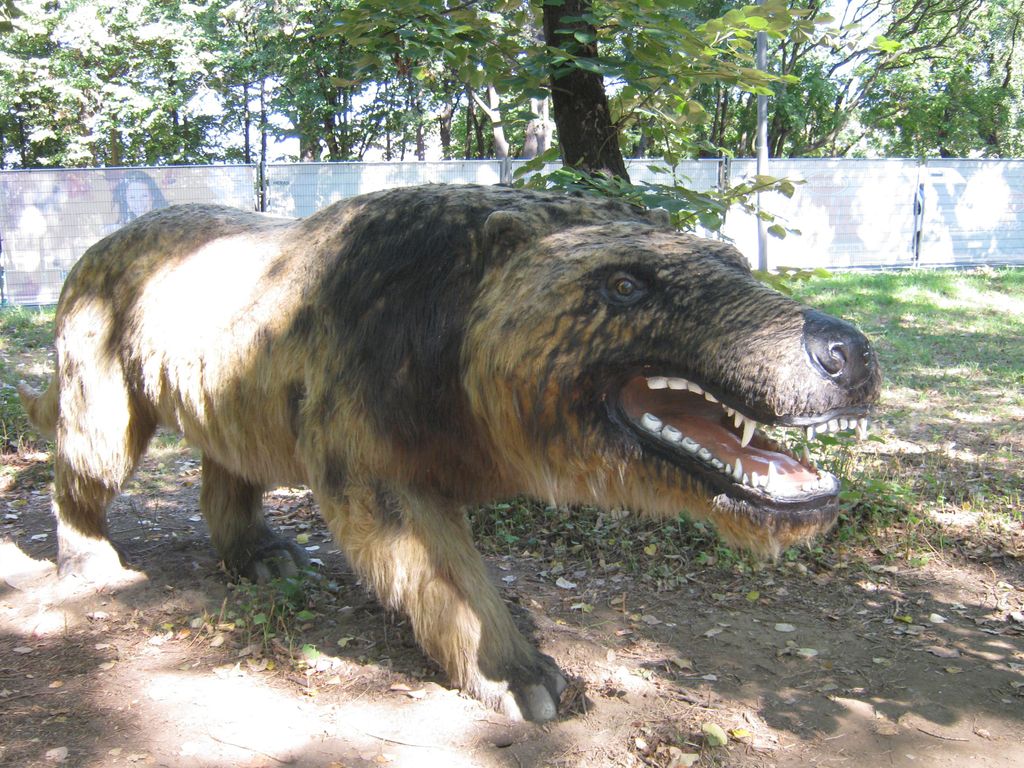
2. **Andrewsarchus: The Largest Land Carnivorous Mammal**Among the large mammals of the Paleogene period, Andrewsarchus stands out as a truly formidable predator. This ancient creature was an early artiodactyl, a group of hoofed animals that surprisingly includes modern-day hippos and whales. Its remains were first unearthed in Mongolia by the esteemed naturalist Roy Chapman Andrews, after whom this remarkable genus was subsequently named, cementing his legacy in paleontological discovery.
The most striking feature of Andrewsarchus was its massive snout, hinting at its powerful predatory capabilities. Based on meticulous skull measurements, paleontologists have posited that Andrewsarchus might very well have been the largest carnivorous mammal ever to have roamed the land. Its sheer size and formidable jaws would have made it an undisputed apex predator in its environment, capable of bringing down considerable prey.
While only skull fragments have been definitively linked to Andrewsarchus, these pieces tell a compelling story of a creature designed for power and dominance. Its existence sheds light on the diverse and often surprising evolutionary paths taken by early mammals, demonstrating that long before the emergence of many familiar modern carnivores, giants like Andrewsarchus were already ruling the terrestrial food chains with their imposing presence and lethal hunting prowess.

3. **Basilosaurus: The Ancient Whale with a Dagger-Like Smile**Despite its misleading name, which incorporates the term ‘saurus,’ suggesting a reptilian nature, Basilosaurus was in fact a mammal, an early form of whale that thrived during the Eocene epoch of the Paleogene period. This immense marine creature reached an astonishing length of approximately 21 meters (70 feet), possessing a skull alone measuring 1.5 meters (5 feet), truly a leviathan of the ancient seas.
Its jaws were a terrifying sight, lined with numerous long, dagger-like teeth, perfectly adapted for preying on the marine life of its time. Detailed analysis of its skull has led scientists to believe that Basilosaurus may have possessed the strongest bite force of any animal known, a testament to its fearsome predatory capabilities. This powerful bite would have allowed it to easily dispatch large fish and other marine mammals, solidifying its position at the apex of the Eocene ocean’s food chain.
Basilosaurus represents a crucial transitional form in whale evolution, showcasing characteristics that link its terrestrial ancestors to its fully aquatic descendants. Its elongated, snake-like body, though distinct from modern whales, allowed it to navigate and hunt effectively in the vast ancient oceans. The discovery of Basilosaurus significantly expanded our understanding of cetacean evolution, revealing a lineage far more diverse and imposing in its early stages than previously imagined.
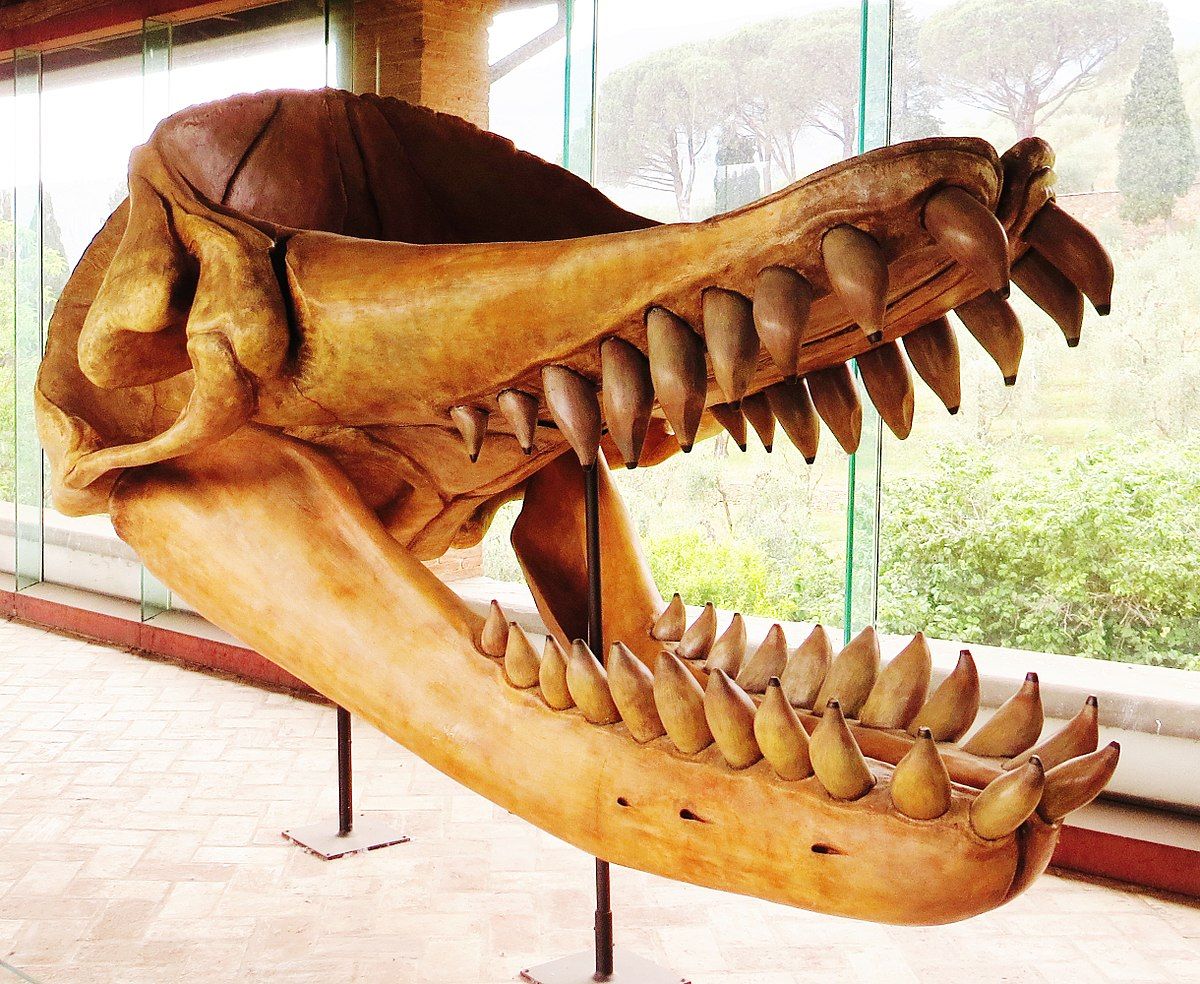
4. **Brygmophyseter: The Biting Sperm Whale**Living during the Miocene epoch, Brygmophyseter was an early relative of the modern sperm whale, but with an even more intimidating moniker: its name translates to ‘biting sperm whale.’ This fearsome designation was well-earned, given its impressive set of teeth, which could measure up to 14 centimeters (5.5 inches) long. Such dental armaments clearly marked it as a dominant predator of its marine environment, designed for seizing and tearing through prey.
Growing to a length of approximately 7 meters (23 feet), Brygmophyseter was a formidable apex predator in the ancient oceans. Its powerful jaws and immense teeth suggest a diet that likely included large fish, sharks, and perhaps even other marine mammals, placing it at the very top of the food chain in its habitat. The sheer scale and predatory adaptations of Brygmophyseter provide a vivid glimpse into the often brutal and competitive world of prehistoric marine life.
The discovery and study of Brygmophyseter offer invaluable insights into the evolutionary history of sperm whales, showcasing a period when these deep-diving cetaceans were actively developing their distinctive predatory features.
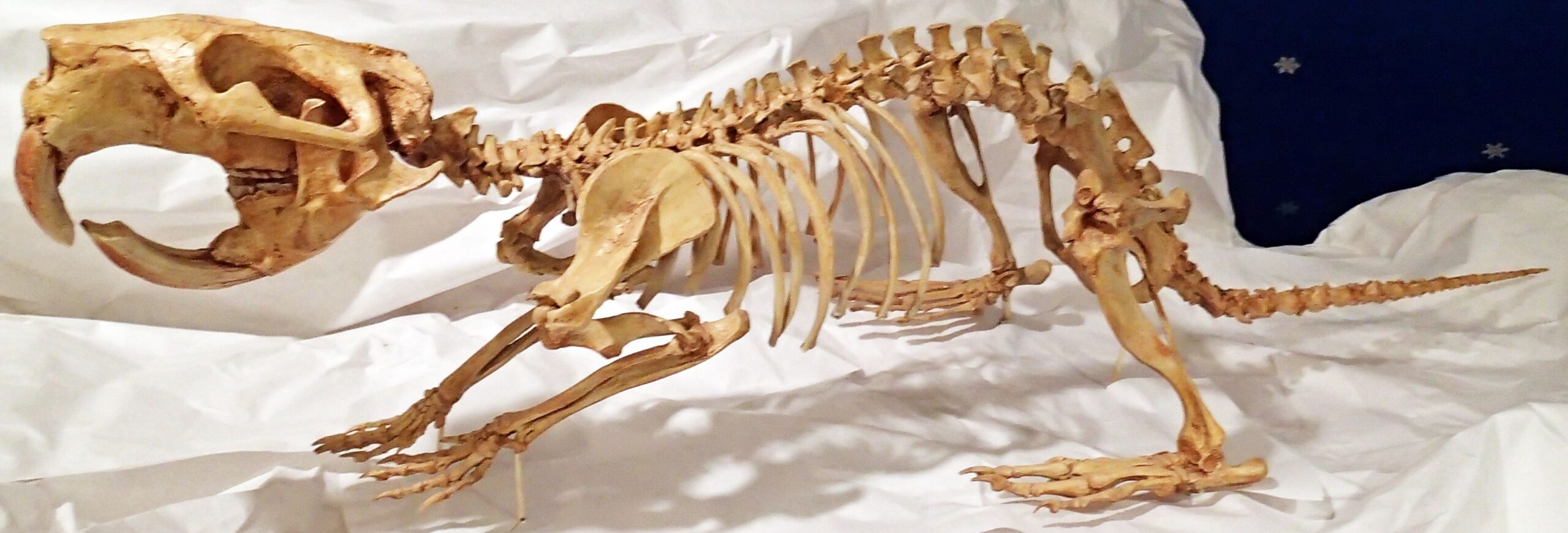
5. **Castoroides: North America’s Giant Beaver**Imagine a beaver not just a little larger, but a true giant, standing approximately 2.5 meters (8 feet) long. This was Castoroides, the largest beaver ever to have lived, an impressive inhabitant of North America during the Pleistocene epoch. Its sheer size would have been a breathtaking sight, dwarfing its modern counterparts and leaving a significant impact on the ancient landscapes it inhabited.
While Castoroides shared a familial resemblance with today’s beavers, it possessed certain distinct characteristics beyond its enormous size. Intriguingly, it had a relatively small brain in proportion to its massive body. This anatomical detail has led scientists to speculate that Castoroides might not have possessed the same level of intelligence or complex dam-building behaviors for which modern beavers are renowned. Its primary ecological role may have been different, perhaps less focused on intricate engineering and more on direct interaction with its environment.
Its extinction, like many other large megafauna of the Pleistocene, is often linked to the dramatic climate shifts at the end of the last ice age, as well as potential interactions with early human populations. Nevertheless, Castoroides remains a compelling example of nature’s ability to super-size its creations.
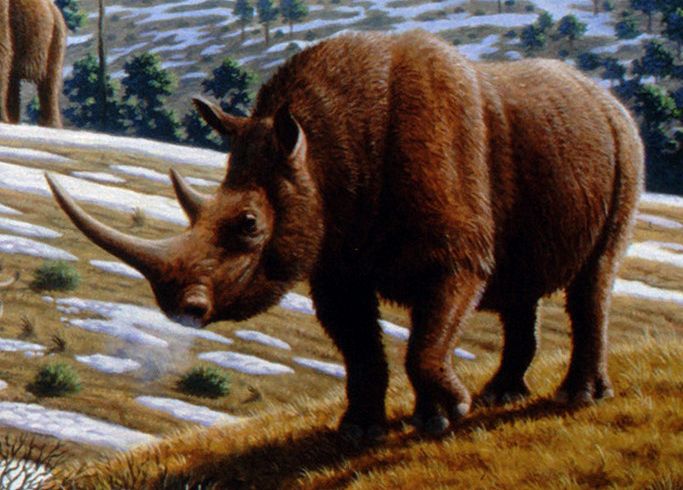
6. **Coelodonta: The Woolly Rhinoceros of the Ice Age**During the frigid expanses of the last ice age, a massive animal known as Coelodonta, more commonly recognized as the woolly rhinoceros, roamed the cold landscapes of Europe, Africa, and Asia. This formidable creature was perfectly adapted to its icy environment, covered with a thick coat of fur that provided essential insulation against the harsh glacial conditions. Its most distinctive features were the two large horns adorning its nose, which it likely used for defense and for sweeping snow aside to find vegetation.
Several species of Coelodonta have been identified across its wide geographical range, underscoring its successful adaptation to diverse cold biomes. Like its modern relatives, the woolly rhinoceros was a herbivore, grazing on tough grasses and sedges that could withstand the freezing temperatures. Its robust build and powerful horns made it a resilient member of the ice age megafauna, coexisting with other famous giants such as the woolly mammoths and saber-toothed cats.
The discovery of well-preserved specimens, including some with soft tissue, has provided invaluable insights into the life and appearance of Coelodonta, painting a vivid picture of these ice age behemoths. Their eventual disappearance is believed to be a result of the changing climate at the end of the Pleistocene epoch, as the glaciers receded and the open grasslands they depended on were replaced by forests, combined with pressure from human hunting.
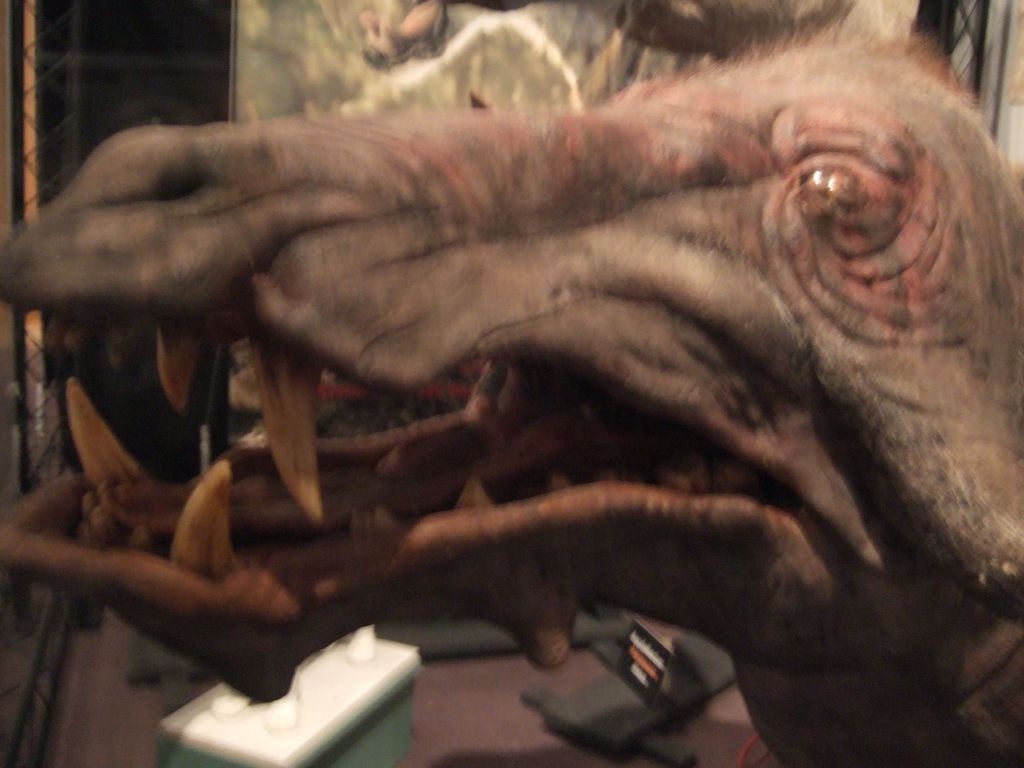
7. **Entelodon: The “Hell Pig” with a Hoofed Twist**Entelodon, a hoofed animal that graced the Paleogene period, was initially thought to be a type of prehistoric pig, earning it the somewhat intimidating nickname of ‘hell pig.’ However, more recent scientific analysis has revealed a surprising evolutionary twist: Entelodon is now believed to be more closely related to modern-day whales and hippos than to pigs. This reclassification highlights the intricate and sometimes unexpected connections within the tree of life, revealing deep ancestral links between seemingly disparate animal groups.
These remarkable creatures inhabited a wide geographical range, with fossils discovered across North America, Europe, and Asia, existing from the mid-Paleocene to the early Neogene period. Their robust build, powerful jaws, and distinctive facial tubercles – bony protrusions on their skulls – suggest a formidable presence in their ecosystems. While their exact dietary habits are still debated, evidence points towards an omnivorous nature, capable of consuming both plant matter and meat, possibly even scavenging or actively preying on other animals.
Entelodon’s unique combination of features, from its hoofed feet to its powerful dentition, made it a highly successful and adaptable animal across various continents for millions of years. Its story offers a compelling example of convergent evolution and the complex relationships that existed among the early mammals. Studying Entelodon continues to provide crucial clues about the diversification of ungulates and the ancient food webs that shaped our planet.
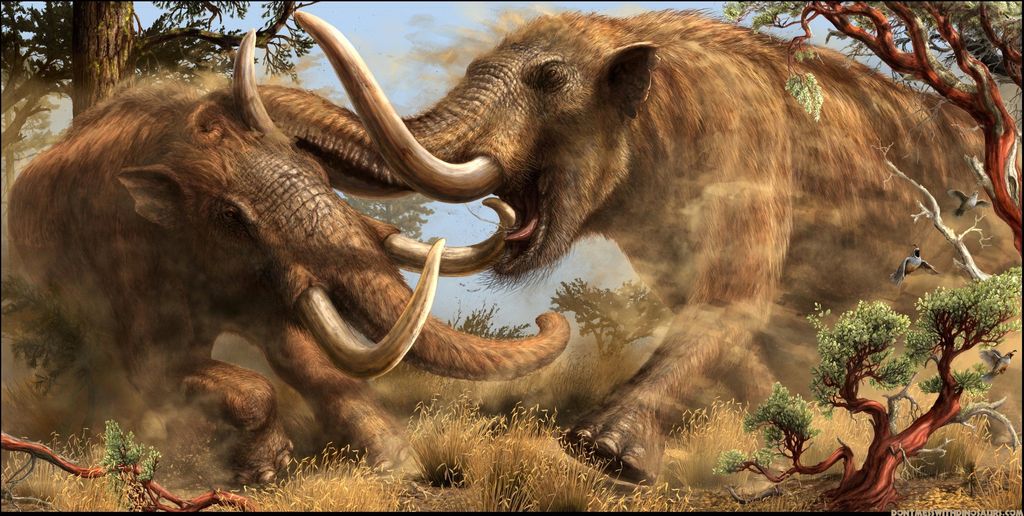
Our expedition through the annals of Earth’s history has unveiled a cast of characters truly stranger than fiction, creatures that defy the imagination and push the boundaries of what we thought possible. From the colossal armored behemoths of the land to the dagger-toothed leviathans of the deep, these prehistoric animals were not just fleeting anomalies but dominant forces that shaped ecosystems and forged the very path of evolution. While their reign has long since passed, leaving behind only tantalizing clues in the rocks, the awe and wonder they inspire continue to illuminate the wild, unfathomable depths of our ancient world.



